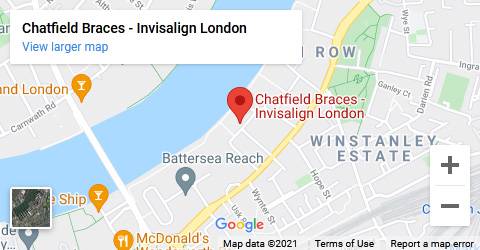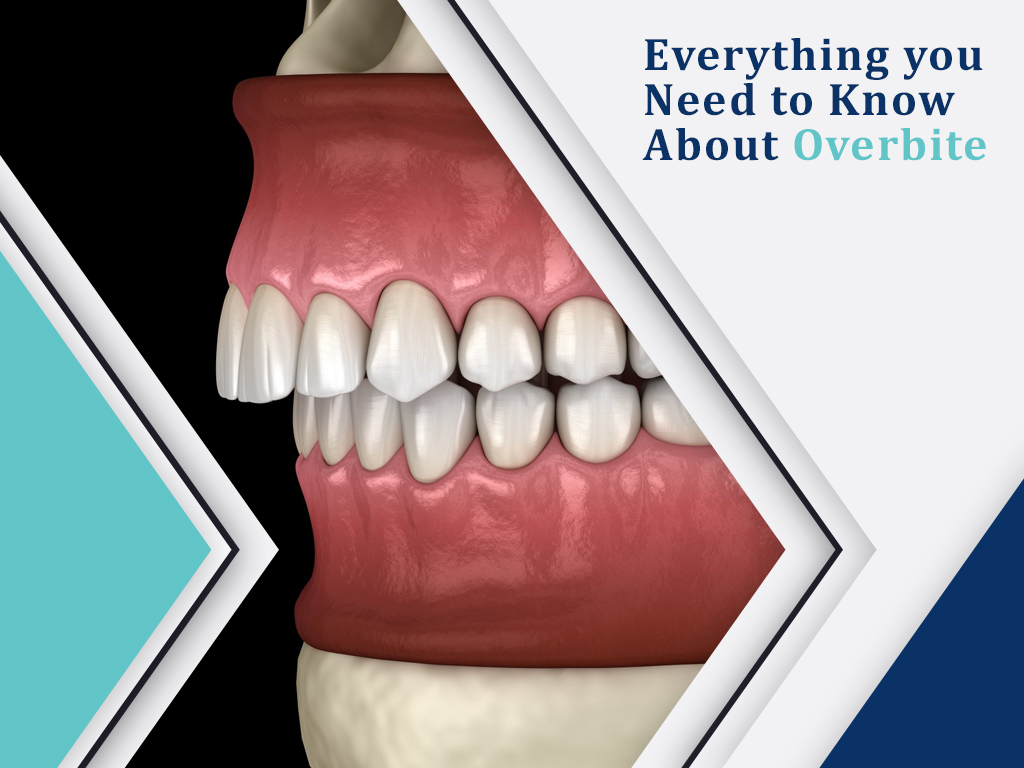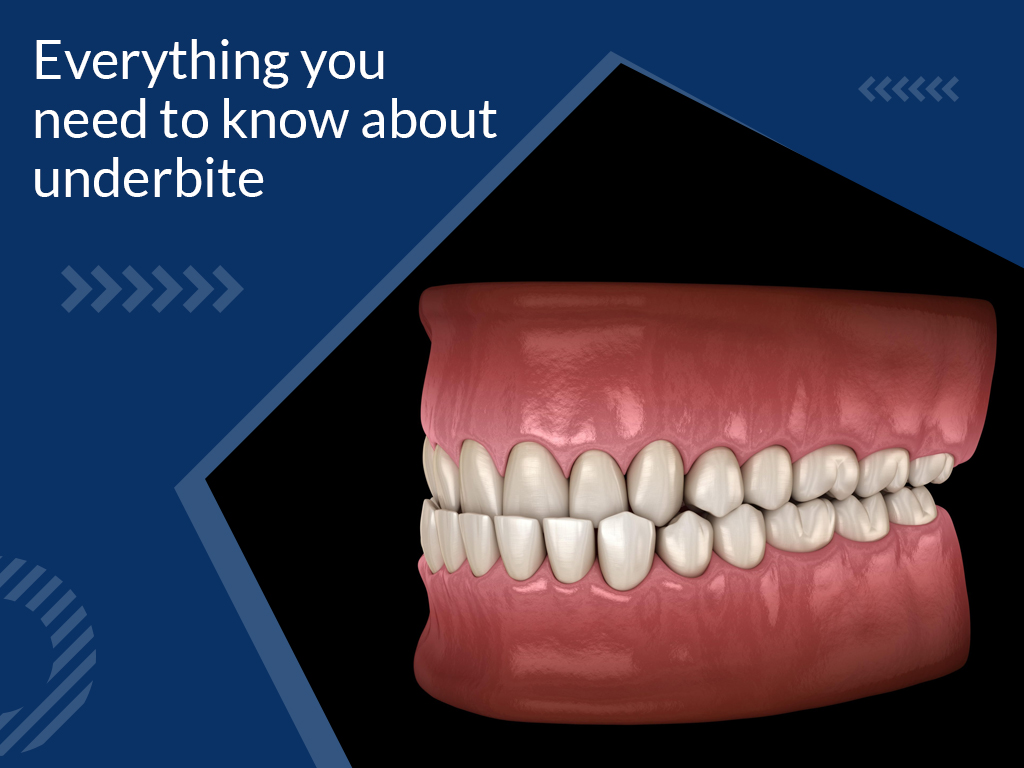
Everything you need to Know about Diastema
Diastema is simply a gap between two teeth. They are quite common in children, and you shouldn’t be worried about them because those spaces disappear when the adult teeth appear.
Do you have Diastema or several gaps between your teeth? Then this is for you; we will tell you everything you need to know about teeth spacing and the different methods of treatments available.
Some people choose to keep theirs, especially when it’s between the two front teeth, it adds to the facial beauty and appearance, and in some cultures, it is believed to fertility, luck, and wealth.
This covers everything you need to know about spacing, and it will help you decide on the best action to take for you or your child.
What is Diastema?
Diastema refers to the space or the gap between the teeth. These spaces can be found anywhere in the mouth but are commonly found between the two upper front teeth.
When the gap is located in the lower teeth, it is called Mandibular Diastema while that in the front two teeth is called Median Diastema or midline.
Diastema affects both adult and children and the gaps in children disappear as soon as their permanent teeth start growing. Some gaps are barely noticeable because they are small while some are very large and cause cosmetic problems for people.
The American Dental Association reports that between 1.6 and 25.4% of people have a Diastema. There are lots of methods used in closing gaps between teeth, and a dentist can choose the best method suitable for you if you don’t like the way your gap looks.
There shouldn’t be a cause for alarm when you find gaps in your baby teeth; it is normal because the teeth are still developing, and the jaw is still growing at this stage.
When they grow and lose their milk teeth, their adult teeth will emerge, and the space will naturally close. You should seek advice from a dentist if the spaces are still there.
Causes of Diastema
There are a few factors responsible for gap teeth.
Genetic: Jaw size and teeth size run in families, and they can be inherited.
Mismatch: A mismatch in the size of the teeth vs jaw size can cause Diastema. If the teeth are too small or the jaws are too big, it would create an alignment problem because there will be enough space in the mouth. Therefore, the teeth won’t align properly.
Bad habits: Some unhealthy habits can cause Diastema; these include poor dental hygiene, which can cause gum disease, tongue thrusting, and thumb sucking. Children who suck their thumb are prone to developing Diastema because this act puts pressure on the front teeth and create a gap between the teeth and making them shift forward.
Thumb sucking usually causes a midline Diastema because most of the pressure is exerted there. These habits should be corrected in children to prevent long-term side effects as Diastema.
Swallowing reflexes: Diastema can be caused by incorrect swallowing reflexes such as tongue thrusting which can cause a mandibular Diastema if the tongue is constantly pushing against the lower teeth when swallowing.
The tongue may push against the front teeth also. This habit may look harmless but too much pressure on the front teeth for a long time creates separation and forms gaps between teeth.
Extra tissues: Diastema can also be caused by extra tissues growing in the mouth above the teeth. A frenum is the bit of skin growing between your lips and the top front teeth; this tissue can overgrow sometimes and trigger Diastema.
It will forcefully create a distance between your two upper front teeth.
Periodontitis: If you have periodontitis, you should treat it early because the severe form can make you lose your teeth, thus creating space between teeth.
It makes your gums and tissues surrounding your teeth inflamed leading to red and swollen gums which are unable to hold the teeth properly. It also causes bleeding gums.
If left untreated, the infection can spread to your bone and lead to bone loss and thinning of the bones. It mostly affects your jaw bones, thus leading to movement, loss, and gaps between teeth.
What is peg lateral?
This is a condition whereby the second incisor, which is the tooth next to the very front two teeth fails to develop properly. In this condition, the tooth has a small appearance and a pointy shape.
When this tooth is smaller than it should be, there will be gaps created on either side of the teeth. It is possible to fix peg lateral, and the treatment options are veneers, teeth implants, and crowns.
How to close spaces in teeth
It is possible to close gaps in teeth, and it is not a complicated process, especially when your case is not too extreme.
There are quite several treatment options to choose from, and your dentist will guide you through this process to make sure you have the best treatment suitable for you because every case of Diastema is different.
Closing gaps in teeth with braces
You can adjust mild Diastema teeth and close small spaces in the mouth using braces. Larger gaps need treatment alongside braces. You will have to wait until all your adult teeth have emerged using braces.
The reason for the wait is because children jaw grows at a different rate to their teeth, and also a mixture of milk and adult teeth create natural spacing between the teeth.
If the problem persists after all your adult teeth have developed, then you have to see a dentist, and then you will discuss the option of using braces or other methods of treatment.
Invisalign for Diastema
You can choose to close the gap in your teeth without using metal braces, but clear and almost unnoticeable braces called Invisalign. These are a very good choice as they are hard to notice and can help people with self-esteem problems.
They also reduce school bullying and name calling like metal-mouth, and they are very effective in treating mild and moderate cases of Diastema. They are removable and can help improve your oral hygiene.
How can I get rid of gaps in teeth without braces?
Apart from braces, there are other options for correcting spaces. The two other common methods used are composite bonding and veneers. These methods are best in closing one or two gaps, while braces are used in closing many gaps.
Your dentist will discuss the best treatment method that suits you, and he will tell you about the advantages and disadvantages of each to help you understand your options.
- Porcelain veneers
This is a thin cover that fits on top of your natural teeth to change the shape and colour. This treatment is only suitable for adults, and it is straightforward, especially when trying to correct small Diastema.
When using veneers to fill the gaps between teeth, the dentist makes the veneers a bit wider than the original teeth, and when they fit, they meet in the middle to conceal the gap. This method of treatment requires 2 visits to the dentist; one is to prepare your teeth while the second is to take measurements for the veneers and fit them into the mouth.
Veneers help cover small gaps in teeth, and you might not like the result if used for large gaps. It will look like you oversized your front teeth.
You should trust your dentist opinion about the best treatment option for you because dentists are the best judges of what looks natural.
- Composite bonding
In this method of treatment, a composite material is applied to the teeth directly, and no lab work is needed. The dentist builds and shapes the composite to give you the desired appearance.
When filling gaps in the teeth, the composite is used to close the Diastema by extending the tooth slightly. This composite material can also be used to cover the original tooth completely.
In this case, it is called a composite veneer, and it is commonly used to treat chipped teeth.
Veneers vs bonding for Diastema
The table below gives a summary of the two main methods of treating Diastema apart from braces.
| Porcelain veneers | Composite Bonding | |
| What does it involve? | A porcelain cover is made slightly wider than the teeth and applied to the teeth to fill in the gap. | Composite materials are added directly to the teeth to help build them up. It also increases the size of the teeth to fill in the gap. |
| How long does it? | Two visits. One is for consultations while the other takes 1-3 weeks for fitting. | Everything can be done in one visit |
| What does it cost? | £400 – £1000 per tooth | £90 – £300 per tooth |
| What are the pros? | It is hard wearing and long lasting. | It is less expensive and fast. |
| What are the cons? | It is only effective for small gaps, it takes two dentist visits, and some healthy teeth are removed. | It only works for small gaps, it requires touching up, and the bonding lasts for close to 5 years. |
How much does a Diastema closure cost?
Filling gaps between teeth are not usually classified as a medical necessit. Therefore it is not covered in the NHS in the UK.
However, children and adults with severe cases of Diastema caused by hypodontia (the congenital absence of the normal number of teeth) can be eligible for braces, dentures, or dental bridges to fill in the gap.
Also, the NHS covers periodontitis treatment, and this is one of the causes of gaps between teeth.
FAQs
Can a retainer fix gaps in teeth?
Retainers are used in orthodontic treatments, but there is a limit to what they can do. Retainers are limited in the kind of movement they achieve, and they don’t give quick results.
The best option to take is to wear fixed or removable braces to correct the Diastema and then a retainer to maintain the new alignment of teeth. Removable braces are the closest option to a retainer since they are not fixed to your teeth like the traditional metal ones.
They are also hard to notice, which can help people with self-esteem issues.
How can I fill gaps in teeth naturally?
The treatment methods used in treating Diastema may not be considered natural, but they are safe, effective, and produce natural-looking results.
There is this unhealthy trend in which people use elastic bands around their gappy teeth in trying to bring them together. The American Association of Orthodontists in 2017 issued a warning on this trend saying it could be dangerous and could end up causing more damages than the one you are trying to fix.
Your dentist will list all the options available for you and tell you about them if you are worried about the appearance of your teeth.
Are gaps in baby teeth normal?
Gaps in baby teeth are absolutely normal because the jaw is still developing at this stage and may grow faster than the teeth grow. It is also natural for a child to have gaps when there is a mixture of baby and adult teeth.
If after the jaw has stopped developing which is after the age of 13 and the child still have gaps when all the adult teeth have emerged, then you have to see a dentist and discuss the best method to get the Diastema fixed.
I have gaps in my teeth after braces; what can I do?
The main aim of braces is to give you a proper alignment, beautiful smile, and correct the position of your teeth. However, if you are not happy with the result you got, go back to your dentist or orthodontist, they know what to do.
Make sure you wear your braces according to instructions to ensure that your teeth remain the new and corrected position.
Does flossing create gaps in teeth?
No, there is no reason that normal flossing would cause gaps between your teeth except you are catching your gums when you floss, and this can make your teeth to recede.
Follow the correct guide on how to floss properly and try and see a dentist regularly to check your gum health.
Conclusion
Diastema also known as gaps between teeth is not a medical concern except it is affecting your appearance or causing any discomfort, then you can choose to see a dentist and decide on the best way to fix it and also for proper assessment.
Correction methods are straightforward, and you can choose not to use traditional metal braces, although this depends on the severity of your condition. You can choose to use Invisalign braces.
Don’t be bothered when your baby has gaps between their teeth; it is natural and will fix itself when they start erupting adult teeth.
If you want to treat your Diastema or that of your teenager, feel free to contact us. We can handle all kinds of cases and even give you expert advice on the best treatment method for you or your child.
We are located at the 3rd floor, 50 Chatfield road, Battersea, London SW11 3UJ. Reach us on our 02071834041.
Recent Google Reviews

 Great service from the team. Needed some emergency filling and was given same day appointment.
The practice is clean and well kept. Dentist and dental nurse were awesome. I will be registering with the practice and use then for my routine check ups and any dental work that needs doing!
Great service from the team. Needed some emergency filling and was given same day appointment.
The practice is clean and well kept. Dentist and dental nurse were awesome. I will be registering with the practice and use then for my routine check ups and any dental work that needs doing!

 One of the greatest Invisalign provider in London, Dr Pakan was so honest and clear about the cost. I’ve got my Invisalign treatment with monthly plan it was around £25 a month. Reception was great, I was late during my treatment and Suze helped me to get the latest appointment to see the Dr Pakan.
One of the greatest Invisalign provider in London, Dr Pakan was so honest and clear about the cost. I’ve got my Invisalign treatment with monthly plan it was around £25 a month. Reception was great, I was late during my treatment and Suze helped me to get the latest appointment to see the Dr Pakan.

 I finally completed my treatment plan. So happy with my smile. Dr Pakan was amazing and done the best plan with Invisalign treatment for me. I've got all the payment on monthly basis with 0% APR. I didn't expect the cost to be easier than I thought. Suze was helpful and friendly at the reception.
I finally completed my treatment plan. So happy with my smile. Dr Pakan was amazing and done the best plan with Invisalign treatment for me. I've got all the payment on monthly basis with 0% APR. I didn't expect the cost to be easier than I thought. Suze was helpful and friendly at the reception.

 I have just finished my Invisalign course with Chatfield Dental Braces. I loved the fact that the braces were invisible and no one at work noticed I was wearing them. It was also very good to be able to take them out for cleaning and eating and for my wedding!
I have just finished my Invisalign course with Chatfield Dental Braces. I loved the fact that the braces were invisible and no one at work noticed I was wearing them. It was also very good to be able to take them out for cleaning and eating and for my wedding!

 Very friendly staff and service
Very friendly staff and service
Map Title
 Click To View Full Map
Click To View Full Map 020 71834041
020 71834041
 info@chatfieldbraces.co.uk
info@chatfieldbraces.co.uk




